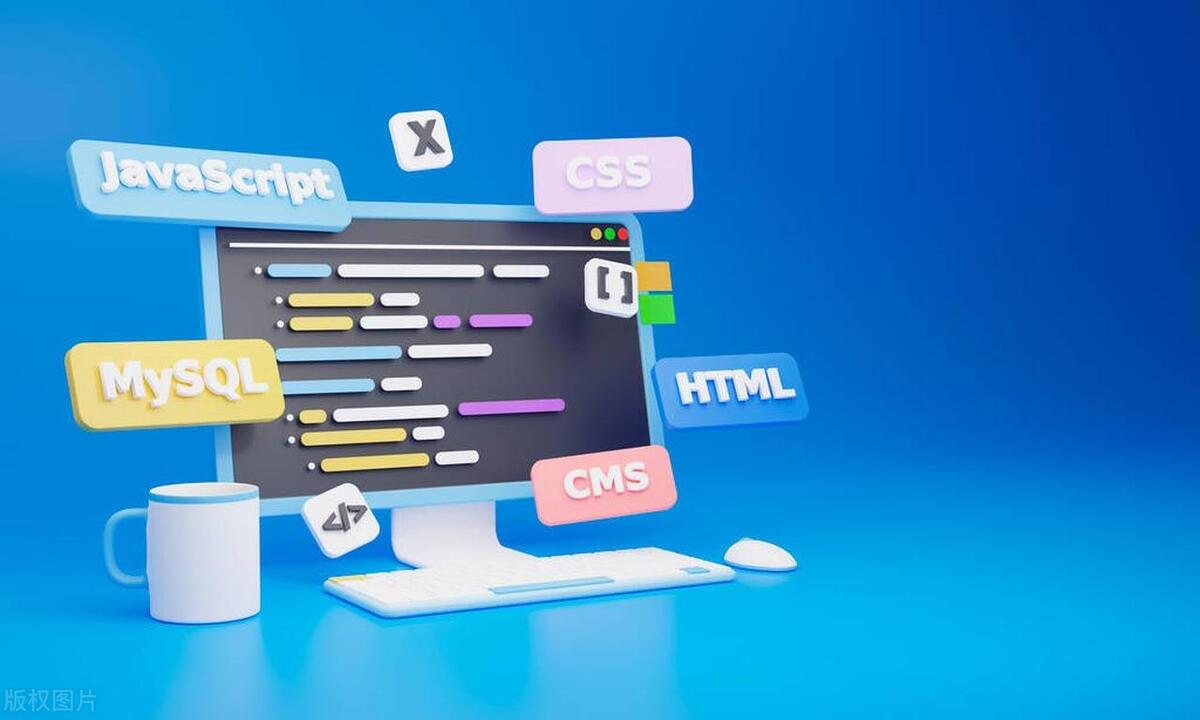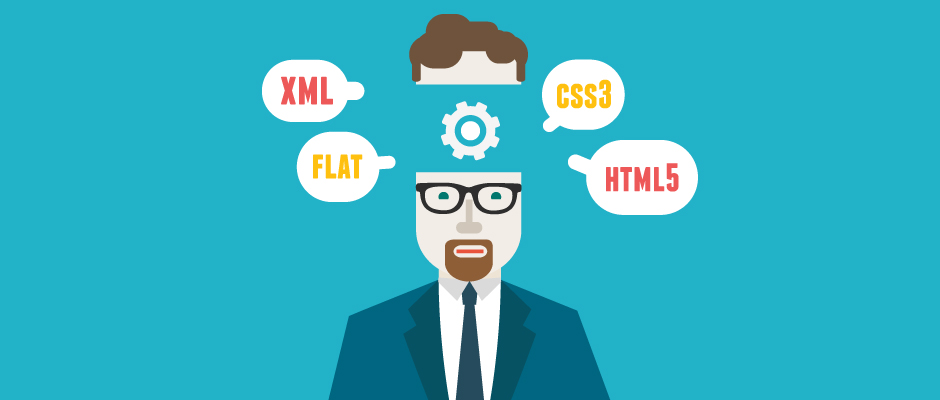Scope slots allow child components to expose data to the parent component for custom rendering. 1. The child components bind data through slot tags such as: user="user", 2. The parent component uses v-slot to receive and render; the backup content is used to display the default content when no slot is provided, 3. Write text directly in the slot tag such as "no data yet" as the default value; 4. Use named slots to distinguish multiple slot areas, such as header and main, to achieve more refined layout control.

In Vue development, slots are a very practical feature that allows you to pass content from parent components to child components. When you start using Scoped Slots and Fallback Content, you will find that they greatly enhance the flexibility and reusability of components.

What are scope slots?
Scoping slots allow you to expose some data to the places where the slot is used while defining the slot. This means that the child component can provide data, and the parent component decides how to render it.

For example, suppose you have a component that displays a user list:
<template>
<div>
<slot v-for="user in users" :user="user"></slot>
</div>
</template>
<script>
export default {
data() {
return {
users: [
{ id: 1, name: 'Alice' },
{ id: 2, name: 'Bob' }
]
};
}
};
</script>In the parent component you can use it like this:

<template>
<UserList>
<template v-slot="{ user }">
<p>{{ user.name }}</p>
</template>
</UserList>
</template> The key point here is: the child component generates a slot for each user through v-for loop on the slot tag, and exposes user object as a slot prop. The parent component receives this object through v-slot and performs custom rendering.
How to use fallback content?
Fallback content refers to the child component displaying the default content when the parent component does not provide slot content.
For example, you may want to display a prompt message when no user provides slot content:
<template>
<div>
<slot>
Default content: No data yet</slot>
</div>
</template>If the parent component does not pass any slot content, "Default content: No data yet".
Sometimes you can even use fallback content in scope slots. For example:
<template>
<slot :user="user">
User not provided a name</slot>
</template>If the parent component does not have custom rendering logic, the default text is displayed.
Use <template> to distinguish multiple slots
Vue supports named slots, you can specify different slot contents for different regions. Combined with scope slots, more complex layout control can be achieved.
For example, a card component:
<template>
<div class="card">
<header>
<slot name="header"></slot>
</header>
<main>
<slot :user="user"></slot>
</main>
</div>
</template>Use in parent component:
<MyCard>
<template #header>
<h1>User Information</h1>
</template>
<template v-slot="{ user }">
<p>Name: {{ user.name }}</p>
</template>
</MyCard>In this way, you can control the contents of the header and body separately, and the main part can also access the data of the child components.
Tips: Avoid common mistakes
- Forgot to deconstruct slot prop : If you write
<template v-slot="props"></template>, remember to manually accessprops.user. - Fallback content is overwritten : Fallback will only be displayed if there is no slot content. If there are multiple
<slot></slot>, please pay attention to whether the naming is correct. - Scope is only valid inside slot : variables exposed by subcomponents cannot be accessed outside
<slot></slot>.
Basically that's it. Scoping slots and fallback content are very powerful in combination, but it is not complicated to understand their working mechanism.
The above is the detailed content of Understanding Vue Slots with Scope and Fallback. For more information, please follow other related articles on the PHP Chinese website!

Hot AI Tools

Undress AI Tool
Undress images for free

Undresser.AI Undress
AI-powered app for creating realistic nude photos

AI Clothes Remover
Online AI tool for removing clothes from photos.

Clothoff.io
AI clothes remover

Video Face Swap
Swap faces in any video effortlessly with our completely free AI face swap tool!

Hot Article

Hot Tools

Notepad++7.3.1
Easy-to-use and free code editor

SublimeText3 Chinese version
Chinese version, very easy to use

Zend Studio 13.0.1
Powerful PHP integrated development environment

Dreamweaver CS6
Visual web development tools

SublimeText3 Mac version
God-level code editing software (SublimeText3)

Hot Topics
 How can CSS be used to implement dark mode theming on a website?
Jun 19, 2025 am 12:51 AM
How can CSS be used to implement dark mode theming on a website?
Jun 19, 2025 am 12:51 AM
ToimplementdarkmodeinCSSeffectively,useCSSvariablesforthemecolors,detectsystempreferenceswithprefers-color-scheme,addamanualtogglebutton,andhandleimagesandbackgroundsthoughtfully.1.DefineCSSvariablesforlightanddarkthemestomanagecolorsefficiently.2.Us
 Can you explain the difference between em, rem, px, and viewport units (vh, vw)?
Jun 19, 2025 am 12:51 AM
Can you explain the difference between em, rem, px, and viewport units (vh, vw)?
Jun 19, 2025 am 12:51 AM
The topic differencebetweenem, Rem, PX, andViewportunits (VH, VW) LiesintheirreFerencepoint: PXISFixedandbasedonpixelvalues, emissrelative EtothefontsizeFheelementoritsparent, Remisrelelatotherootfontsize, AndVH/VwarebaseDontheviewporttimensions.1.PXoffersprecis
 What are the key differences between inline, block, inline-block, and flex display values?
Jun 20, 2025 am 01:01 AM
What are the key differences between inline, block, inline-block, and flex display values?
Jun 20, 2025 am 01:01 AM
Choosing the correct display value in CSS is crucial because it controls the behavior of elements in the layout. 1.inline: Make elements flow like text, without occupying a single line, and cannot directly set width and height, suitable for elements in text, such as; 2.block: Make elements exclusively occupy one line and occupy all width, can set width and height and inner and outer margins, suitable for structured elements, such as; 3.inline-block: has both block characteristics and inline layout, can set size but still display in the same line, suitable for horizontal layouts that require consistent spacing; 4.flex: Modern layout mode, suitable for containers, easy to achieve alignment and distribution through justify-content, align-items and other attributes, yes
 What is the significance of Vue's reactivity transform (experimental, then removed) and its goals?
Jun 20, 2025 am 01:01 AM
What is the significance of Vue's reactivity transform (experimental, then removed) and its goals?
Jun 20, 2025 am 01:01 AM
ReactivitytransforminVue3aimedtosimplifyhandlingreactivedatabyautomaticallytrackingandmanagingreactivitywithoutrequiringmanualref()or.valueusage.Itsoughttoreduceboilerplateandimprovecodereadabilitybytreatingvariableslikeletandconstasautomaticallyreac
 What are CSS Houdini APIs, and how do they allow developers to extend CSS itself?
Jun 19, 2025 am 12:52 AM
What are CSS Houdini APIs, and how do they allow developers to extend CSS itself?
Jun 19, 2025 am 12:52 AM
CSSHoudini is a set of APIs that allow developers to directly manipulate and extend the browser's style processing flow through JavaScript. 1. PaintWorklet controls element drawing; 2. LayoutWorklet custom layout logic; 3. AnimationWorklet implements high-performance animation; 4. Parser&TypedOM efficiently operates CSS properties; 5. Properties&ValuesAPI registers custom properties; 6. FontMetricsAPI obtains font information. It allows developers to expand CSS in unprecedented ways, achieve effects such as wave backgrounds, and have good performance and flexibility
 How can CSS gradients (linear-gradient, radial-gradient) be used to create rich backgrounds?
Jun 21, 2025 am 01:05 AM
How can CSS gradients (linear-gradient, radial-gradient) be used to create rich backgrounds?
Jun 21, 2025 am 01:05 AM
CSSgradientsenhancebackgroundswithdepthandvisualappeal.1.Startwithlineargradientsforsmoothcolortransitionsalongaline,specifyingdirectionandcolorstops.2.Useradialgradientsforcirculareffects,adjustingshapeandcenterposition.3.Layermultiplegradientstocre
 What are the challenges and solutions for maintaining CSS in large-scale applications?
Jun 14, 2025 am 12:15 AM
What are the challenges and solutions for maintaining CSS in large-scale applications?
Jun 14, 2025 am 12:15 AM
The key to maintaining CSS for large applications is organizational structure, naming specifications, and tool assistance. First, adopt component management, split styles and implement local scopes to avoid conflicts; second, unify naming specifications such as BEM, SMACSS or namespace prefixes to improve maintainability; third, use PostCSS, stylelint and other tools to achieve automated processing and code quality control. Although these methods are not complicated, they require teamwork and continuous maintenance to be effectively implemented.
 How can CSS be used to create print-specific stylesheets?
Jun 14, 2025 am 12:16 AM
How can CSS be used to create print-specific stylesheets?
Jun 14, 2025 am 12:16 AM
Creating print-specific stylesheets using CSS ensures that web pages are effective on the screen and when printing. First, use the @mediaprint rule to define styles that only take effect when printing, such as hiding the navigation bar, footer and sidebar; second, you can link a separate print style sheet print.css to keep style maintenance clearer; finally optimize readability and simplicity, such as removing background colors, using serif fonts, displaying link URLs, and adjusting the layout to adapt to paper characteristics.






